Foundation Inspections: A Homeowner's Guide to Identifying Problems
Every home has a foundation, and in most cases, it’s the most exposed part of the property. Because of that, it’s imperative to inspect your foundation every six months (or as needed) in order to keep it in good condition. With regular inspection comes a whole host of benefits for the home and its occupants. A poorly constructed foundation can lead to dampness, mold growth, and structural issues down the line. When left unaddressed, these problems can escalate until they become downright expensive to fix. So what should you look for when inspecting your foundation? Here are some helpful tips:
Inside the Home
Out of sight, out of mind. When it comes to foundation inspection, it’s easy to let the inside of a home go neglected. But this is where you see the most problems because the inside is where you can easily overlook cracks, deteriorating paint, and other issues that will lead to an imminent collapse. Make sure the roof has no leaks and that all windows are closed tight before heading inside.
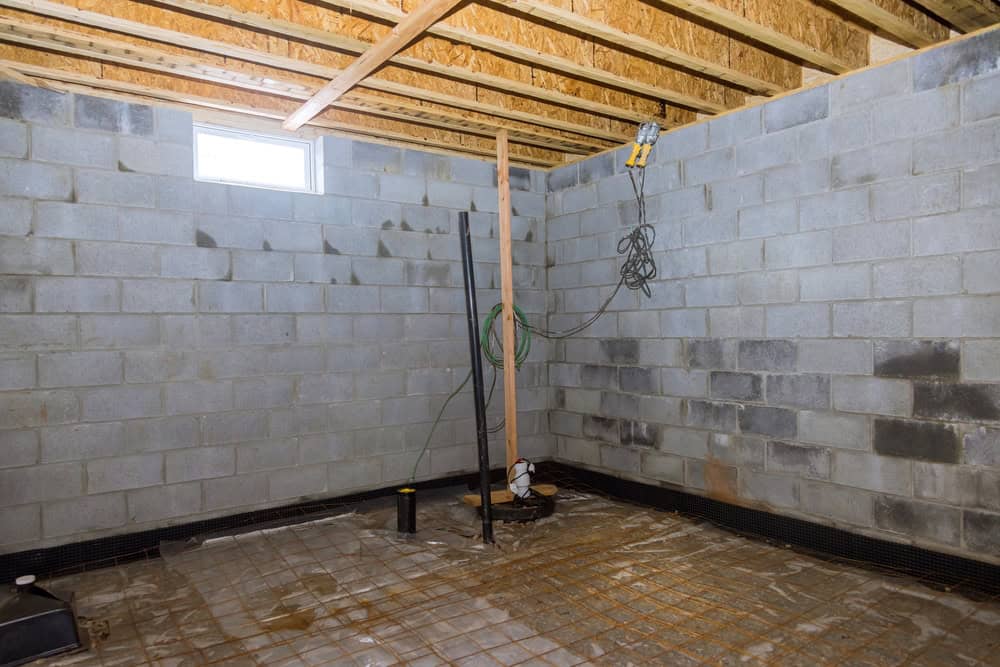
Check The Basement For Signs Of Dampness and Mold
When inspecting your foundation, check for signs of dampness or mold. That’s because these are common problems that can lead to structural damage down the line. If possible, plug up any leaks and remove any wet insulation in your basement.
If you’re not sure of whether or not the basement is damp, use a water meter to test for moisture at the door of the house (you can buy one from a home improvement store).
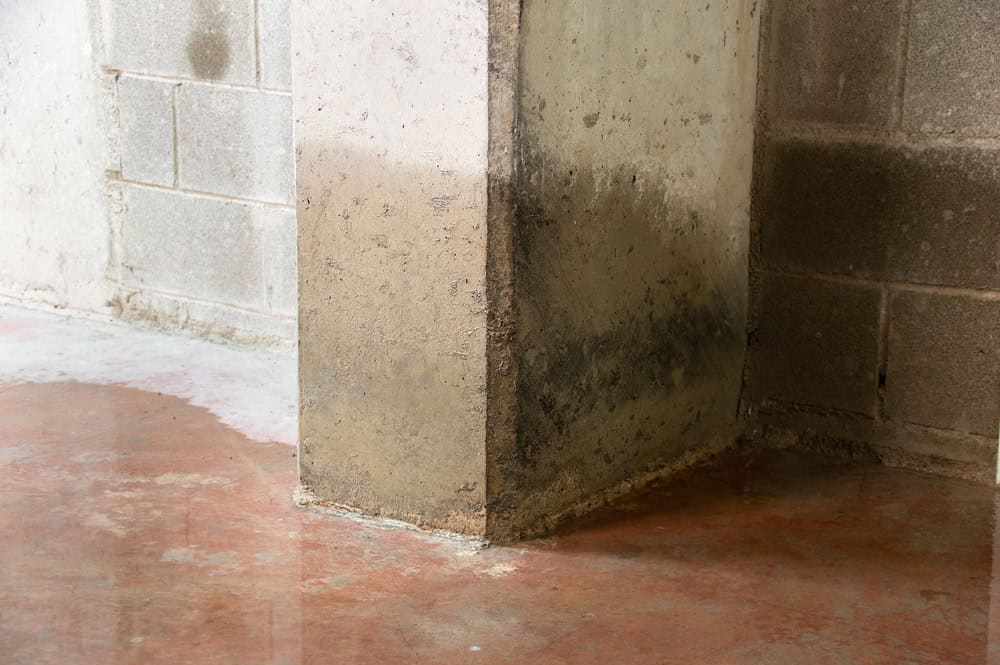
Crack In The Foundation?
After you have inspected the foundation for leaks and moisture intrusion, it is crucial that you inspect cracks. Cracks can lead to structural damage and a greater chance of water infiltration.
Lastly, don’t forget to look for signs of rodents like gnawing or burrows in your foundation. These are just some helpful tips on what to look out for while inspecting your home’s foundation. If you ever have any questions about your home’s foundation, consult a professional immediately!
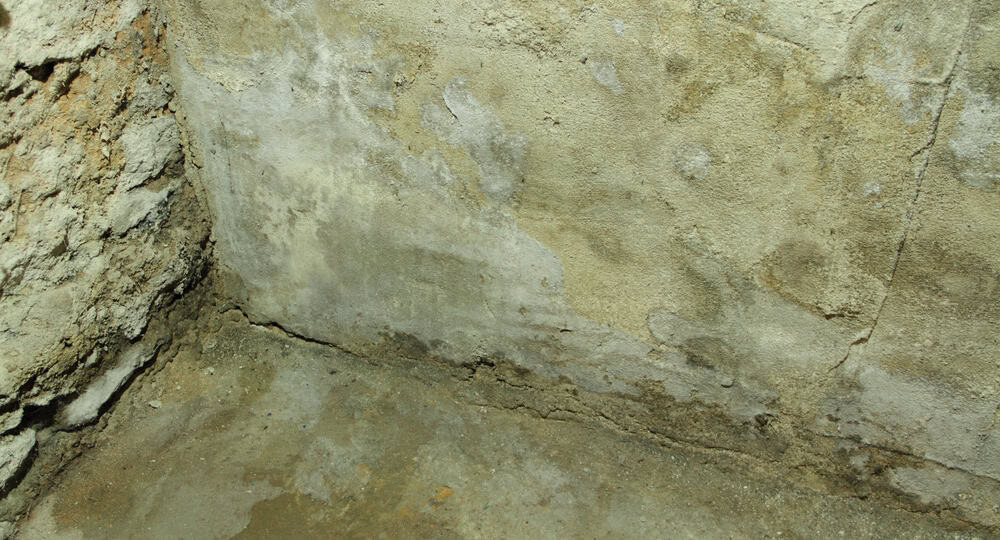
Outside the Home
When you’re outside the home, it’s important to look for cracks in the foundation. Cracks indicate leaks and structural issues that can lead to dampness and mold growth. A good rule of thumb is that if you see a muddy spot around the foundation, it probably needs to be inspected more regularly.
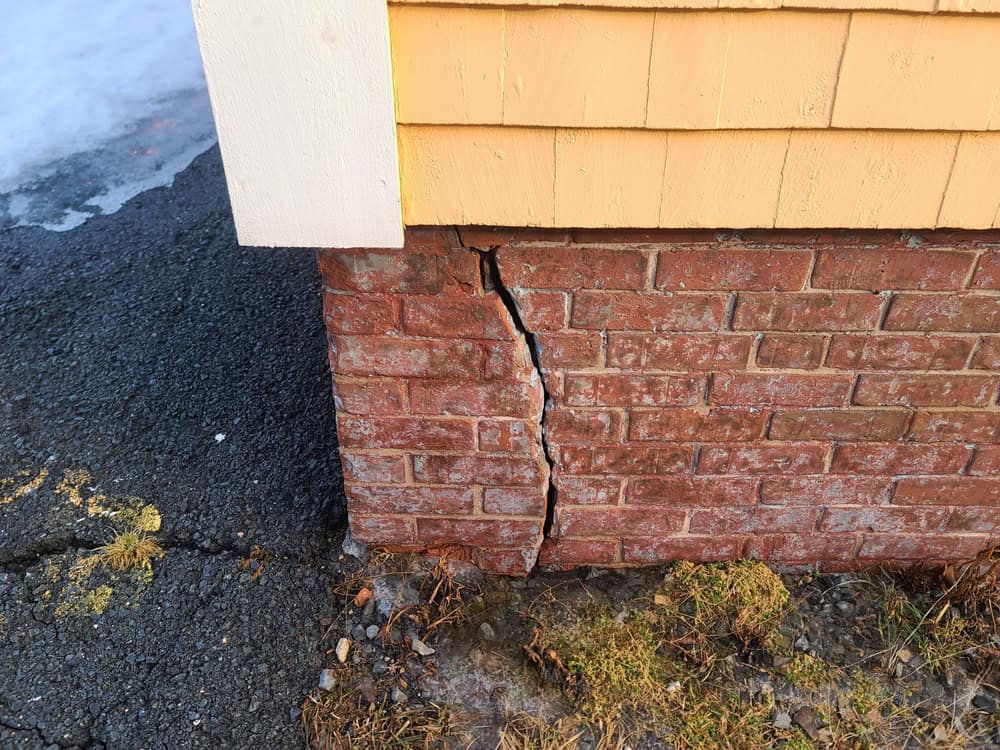
Walk Your Property
Walk around your property and note any areas that don’t feel like they are standing straight. If there are areas in need of repair, it’s a good idea to get them fixed before you have bigger problems on your hands.
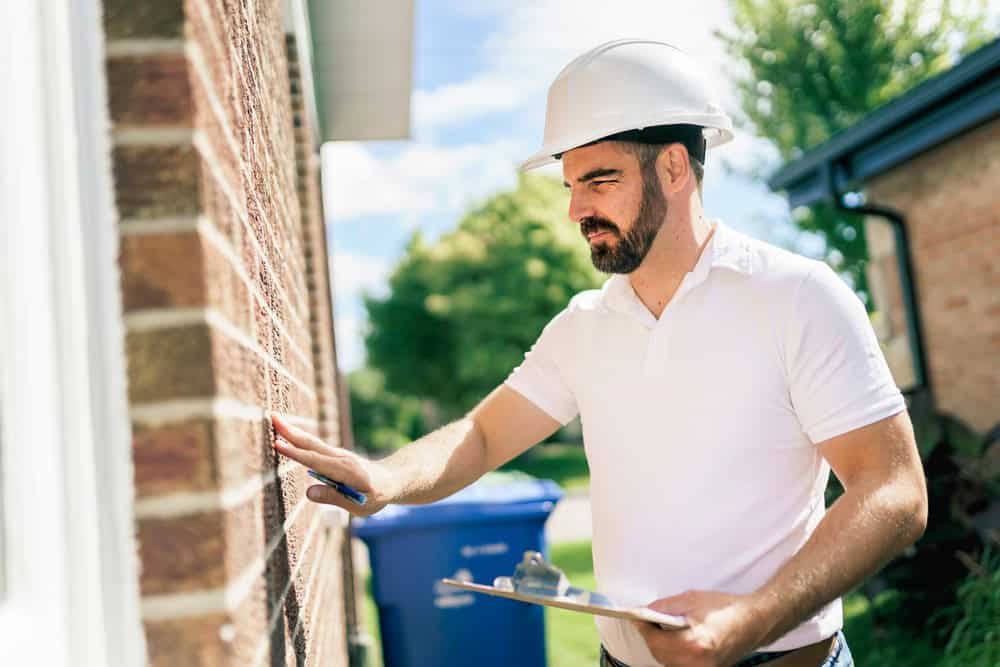
Inspect the Sides and Back of Your Property
When inspecting your foundation, it’s always a good idea to start with the back and sides of the home. The first thing to look for is how close the walls and ground are to each other. If you notice that there’s no gap in between, then you should be concerned about having a possibly unstable structure as well as dampness in that area. Next, take a look at any cracks or gaps in the foundation that show signs of water intrusion. If you see any, this could be a sign of an issue down the line.
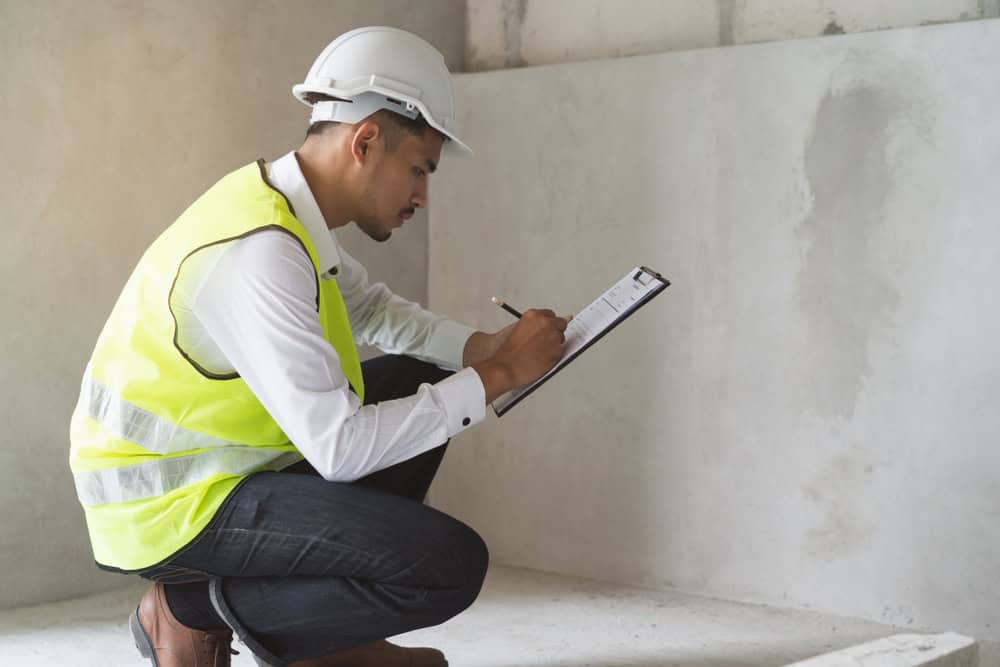
Check for Cracks and Openings in The Foundation
The most important thing to remember is that cracks and openings in the foundation are one of the first signs of a problem. If you spot any cracking or bending of the foundation, it’s best to contact a professional right away.
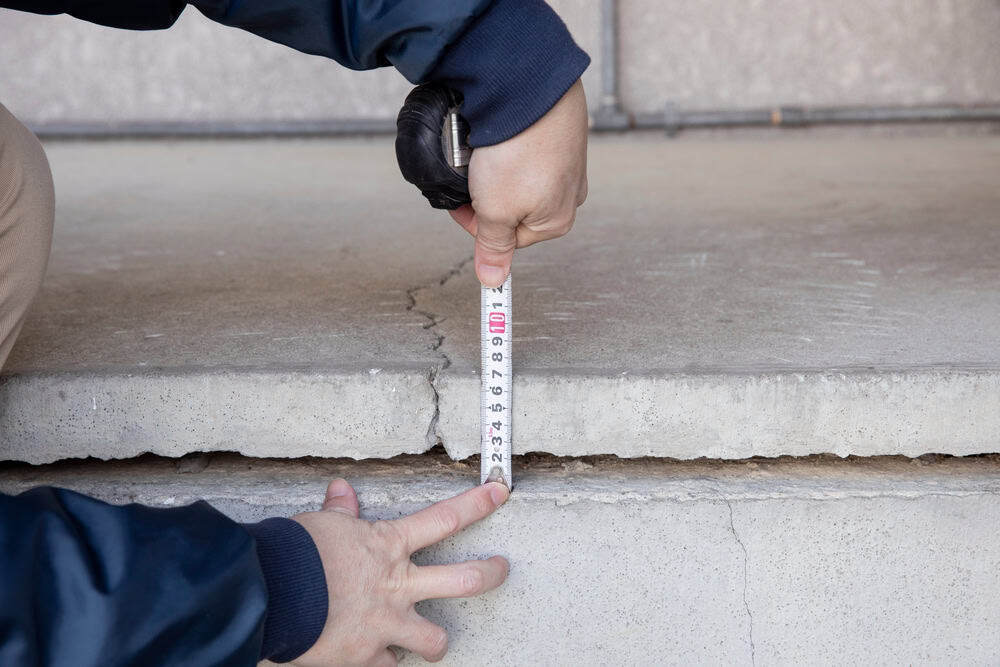
Check for Proper Slope Away from the Foundation
The slope of your foundation determines how much water will flow away from the foundation. If the slope is not steep enough, water will remain in contact with your foundation, leading to rot and mold growth.

Look for Areas of Water Pooling or Low Soil Pockets Near the Foundation
If you notice pooling around your foundation, this is a sign of moisture in the soil. This can lead to foundation issues down the line including structural damage. Regular inspection is key to spotting these issues before they become too significant.

Install Downspout Extenders for Water Management
One of the things you should look for when inspecting your foundation is whether you have installed downspout extenders. These extenders will make it easier for water to drain out of the home and into the drainage system. This will help prevent dampness and mold growth in your home.
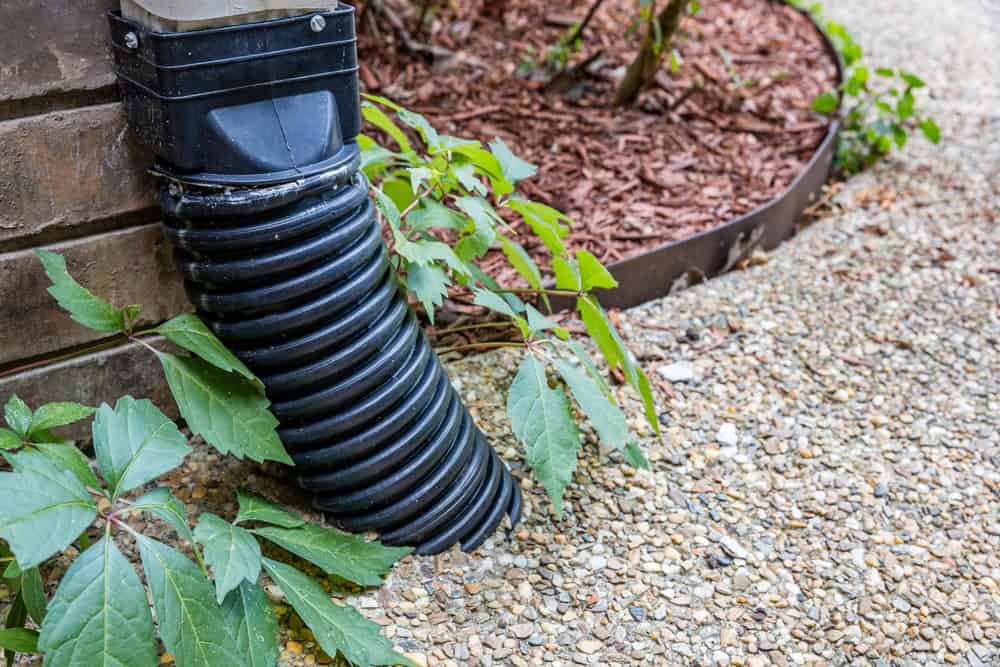
Conclusion
Basic foundation inspection tips can help you avoid problems with your home and protect your family from unwanted natural disasters. Inspecting your foundation is a good idea for a variety of reasons. It will help you recognize if your home has been damaged and fix it before it becomes too big a problem. It can also help you identify areas that you might want to spend more time improving, like the basement or yard. And if you’re not using a builder, it can help you identify whether or not your contractor is doing a good job overall.